Many of these ancient civilizations were very ingenious and unique in their thought processes which have been preserved and viewed by visitors today.
And while there is a great deal people can learn from these prehistoric people, maybe the most enthralling aspect is that humans still don't know much about them. Several of the world's most fascinating ancient ruins are teeming with a thousand-year-old mystery that will confound even the most curious minds. So here are some of the fascinating ruins that tourists can actually visit.
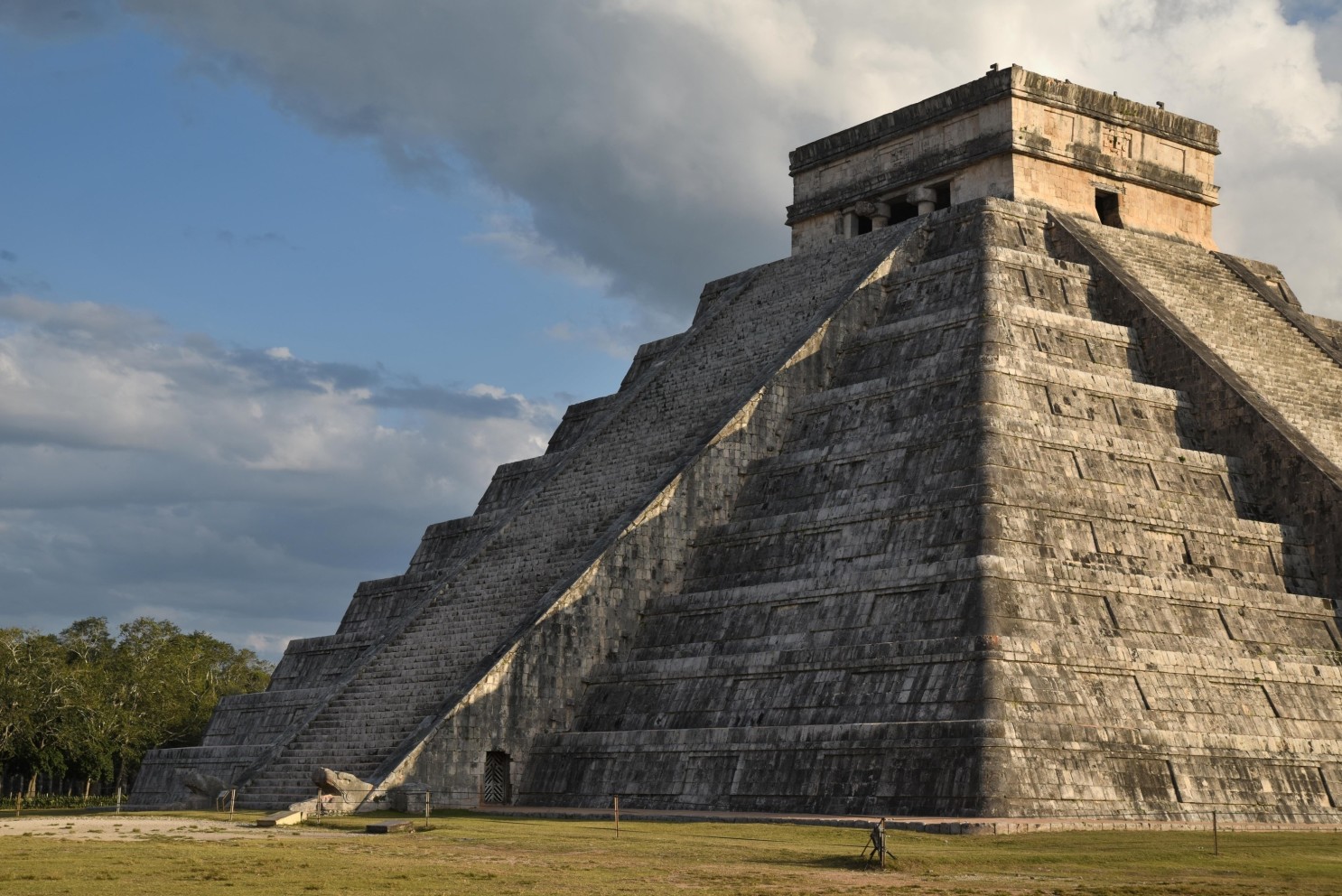
One of the world's most famous archaeological sites, Chichen Itza, was once a bustling Mayan city on the Yucatan Peninsula. It was demolished in 1221 when Mayapan became the new capital, which the Mayans had constructed in 600 AD. The Temple of Kukulkan is a massive stone pyramid that comprises 365 steps. It is recommended that travelers visit this historical site around the spring, when the sun shines through the pyramid's steps, creating a spectacular light show, and witness the mystery of this place.
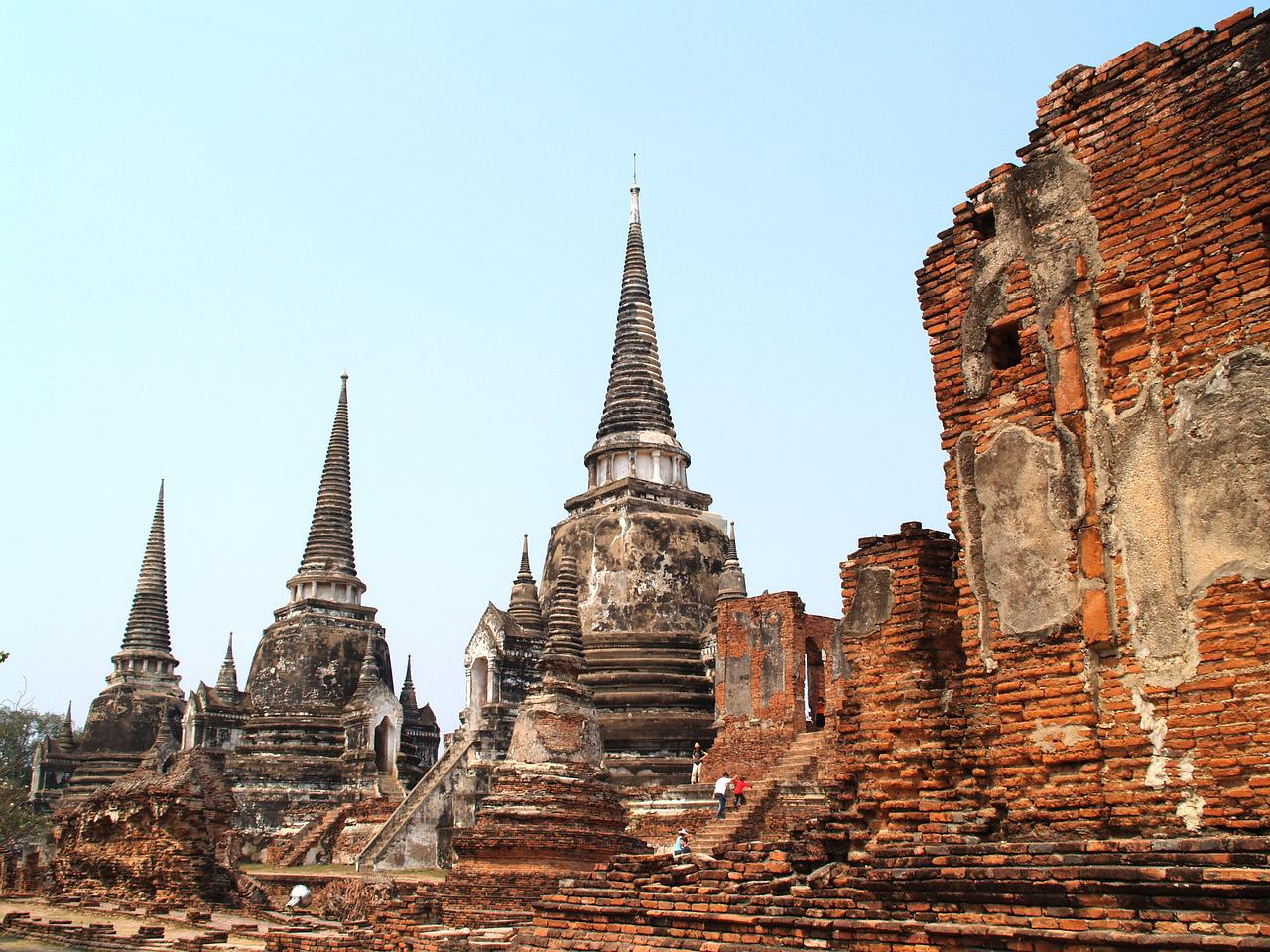
Ayutthaya, a Khmer military and trading post, was founded around 1350. After only a short time, this bustling trading port was elevated to the status of ancient Thailand's capital. It held on to this title for four centuries before Burmese invaders destroyed it. Almost all of the city’s relics and temples were destroyed as they were made out of wood Only about 50 stone relics or temples were left standing in the wake of the fire. Renovations to Ayutthaya's blend of Siamese, Sri Lankan, and Khmer architecture began in the 1970s and have made it a popular day trip from Bangkok ever since.
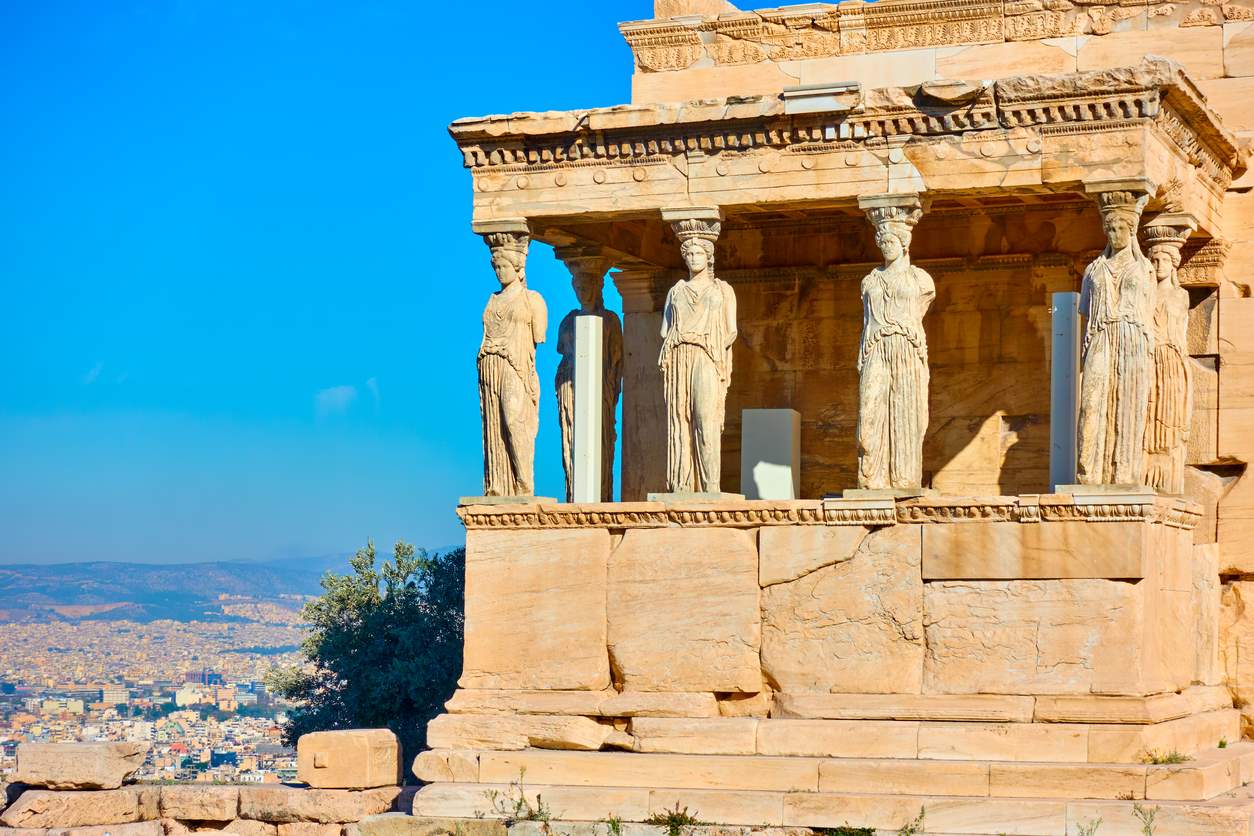
Despite the fact that this sanctuary's ruins once housed one of the ancient world's seven wonders, the serene setting still exists. Olympia was initially a religious center, but it is now associated with sports today. The Olympic Games, held every four years since 776 B.C.E., were part of a celebration of Zeus. Significant damage was done to the site by both the Romans and earthquakes. The gymnasium has more columns than either the Hera or Zeus temples. Tourists can visit this historical site any time of the year.
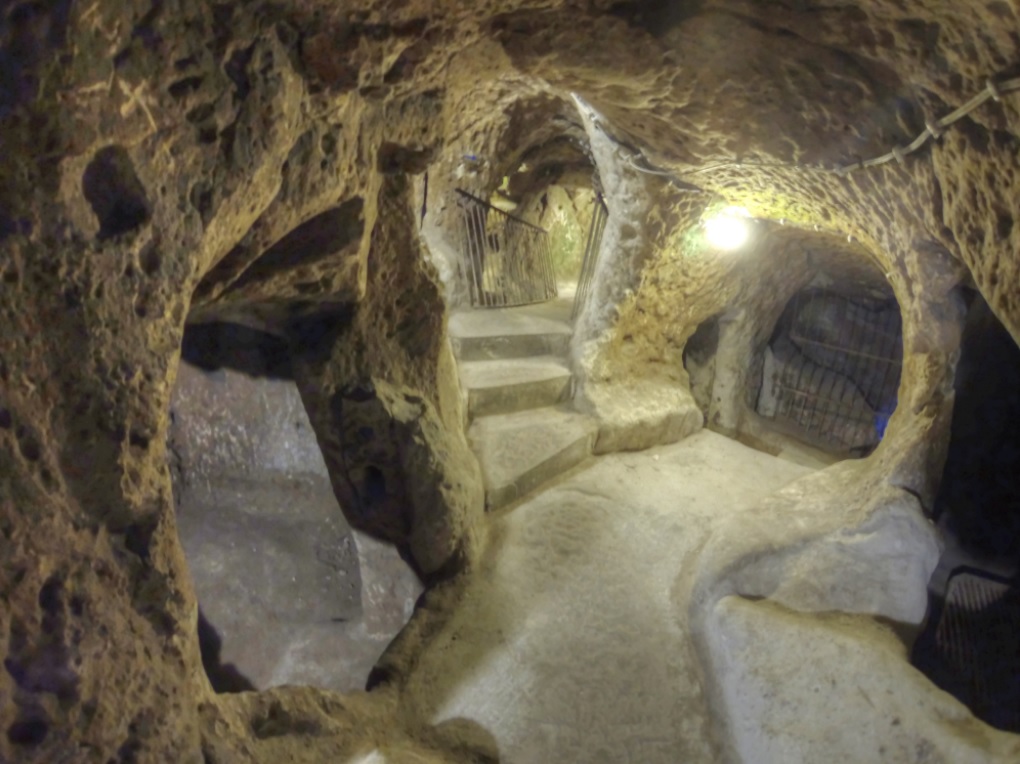
Cappadocia's hot air balloon rides aren't the only way to view the region's bird's eye. An otherworldly landscape dotted with hoodoos and villages, Derinkuyu in Göreme National Park is the largest of two subterranean cities. Up to 20,000 people could be accommodated in the Byzantine city's 18-story underground labyrinth, including ventilation ducts and water pipes. During sieges, it served as a haven. Intruders were kept out by thick stone wheels that served as doors. Derinkuyu is connected to other underground settlements via miles of tunnels. Tourists have visited this historical site in Turkey for years, and they can see it any time of the year.

Numerous Hindu and Buddhist temples dot the island of Java, many of which date back to the ninth century. The small temples on the site have mostly collapsed due to centuries of earthquakes and volcanic eruptions. Bas-relief panels depicting scenes from the Hindu epic poem Ramayana adorn the world's tallest Hindu temples, which honor Vishnu, Brahma, and Shiva. From May to October, the Ramayana Ballet performs the story at the temple compounds known as Candi Rara Jonggrang, so visitors can freely visit here to witness this performance.
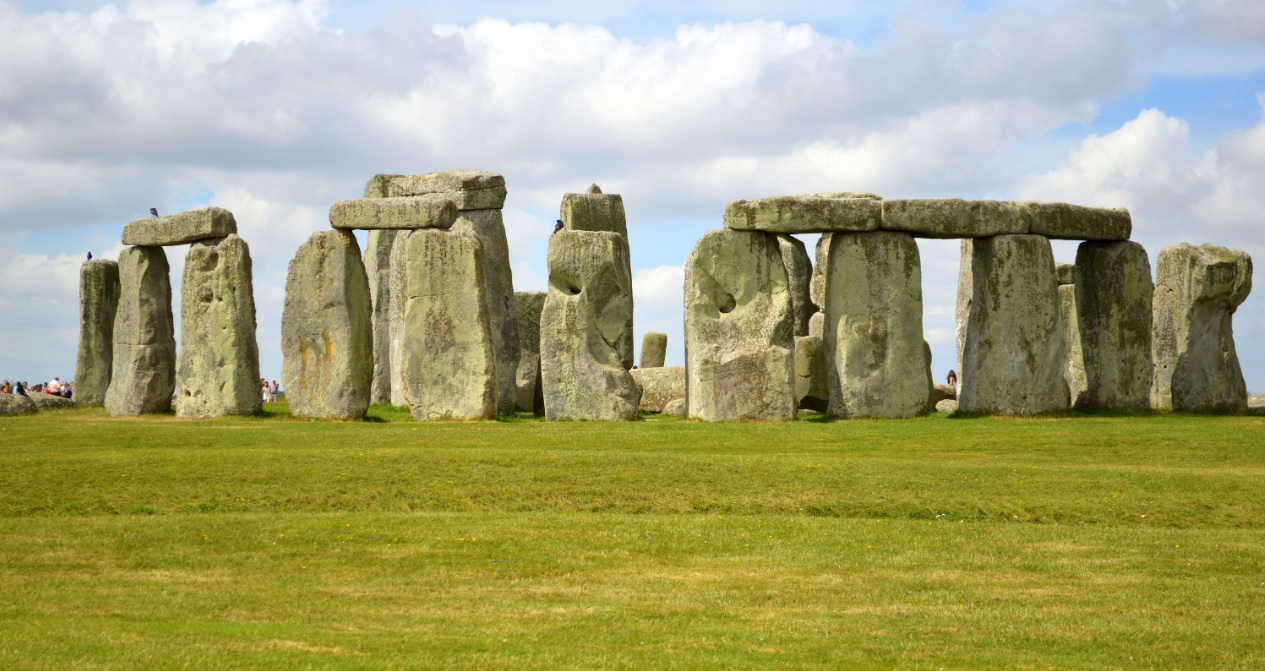
Stonehenge, a collection of prehistoric monuments scattered across Wiltshire's Salisbury Plain, is undoubtedly one of the world's most recognizable ancient ruins. Stone rings dating back more than 5,000 years are some of the oldest constructions on Earth. They are shrouded in mystery because of their sandstone construction. For the most part, humans still don't know who erected them or why. However, experts believe that Stonehenge may have been used for religious rites or to track the movement of the sun and moon. To go here, tourists have three options that they can consider. First, have a guided tour on a bus that will lead to these ancient ruins. Second, to use public transport, and lastly to have a self-guided tour of this site using one’s own car.
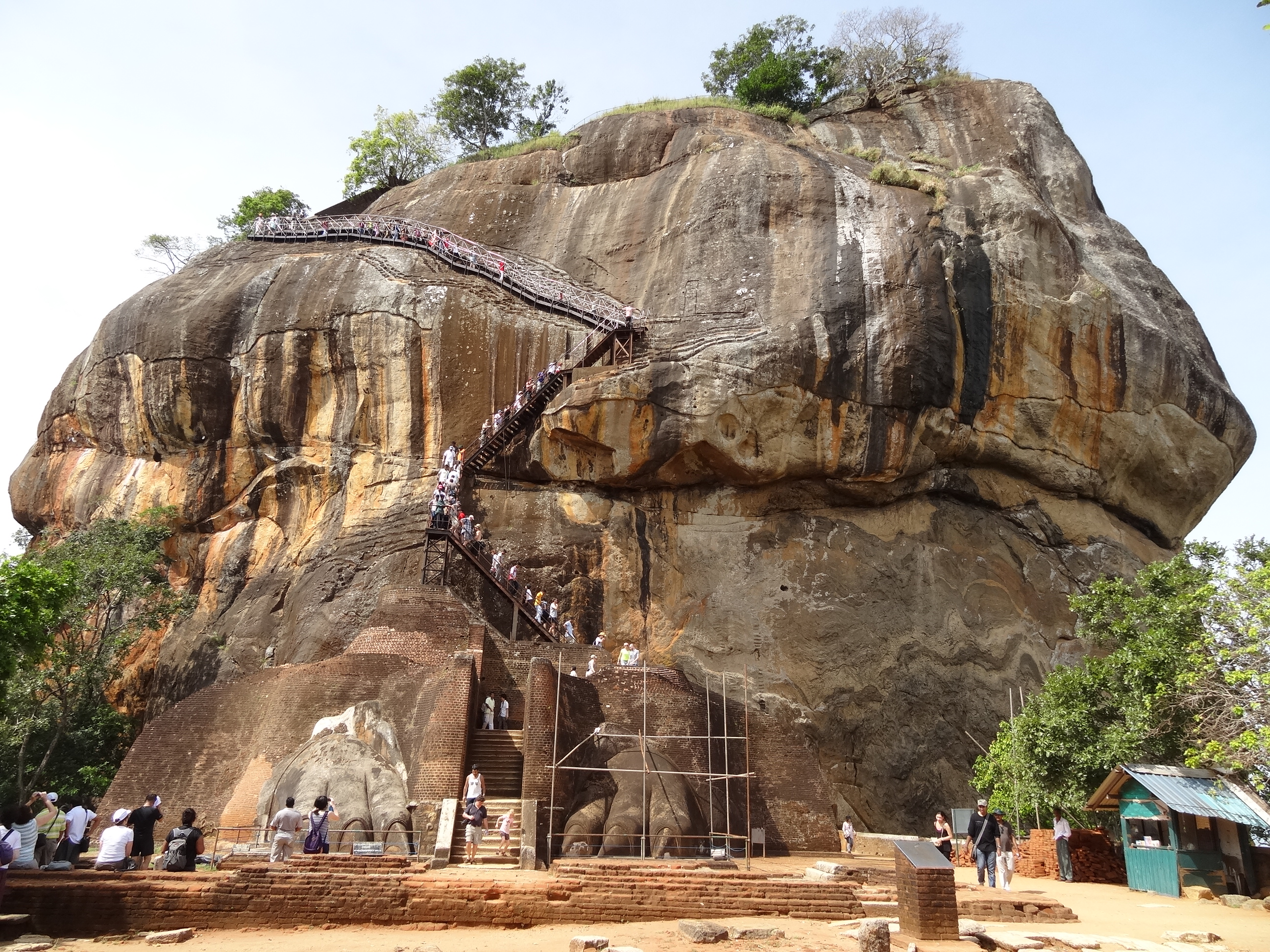
Fortress Sigiriya is a 200-meter-high rock face in Sri Lanka near Dambulla, built in the first century AD. The magnificent ruins of an ancient civilization, believed to be the capital of the kingdom of Kassapa, are perched atop what is today known as Lion Rock. The Citadel, upper palace, mirror wall with brilliant frescoes, and the design of the lion entryway were all part of the original structure when it was in its prime. A Buddhist monastery was established in 14th-century Japan after the king's death. This might be a long journey to reach the destination. However, it is all worth it at the end of the day.

Ephesus, the ancient city with some of the most stunning Greek and Roman remains, may be found in western Turkey. The Temple of Artemis, which stood there for more than two thousand years, is gone. But what really sets these ruins apart is their level of realism. Unlike many others strictly off-limits to the public, all parts of the city can be touched, stood on, and walked through. Highlights include the Library of Celsus, the Bath of Varius, and the Prytaneion, a complex of historic public toilets. As the most fabulous outdoor theater in antiquity, it is also home to Ephesus's 25,000-seater 'Great Theater.'
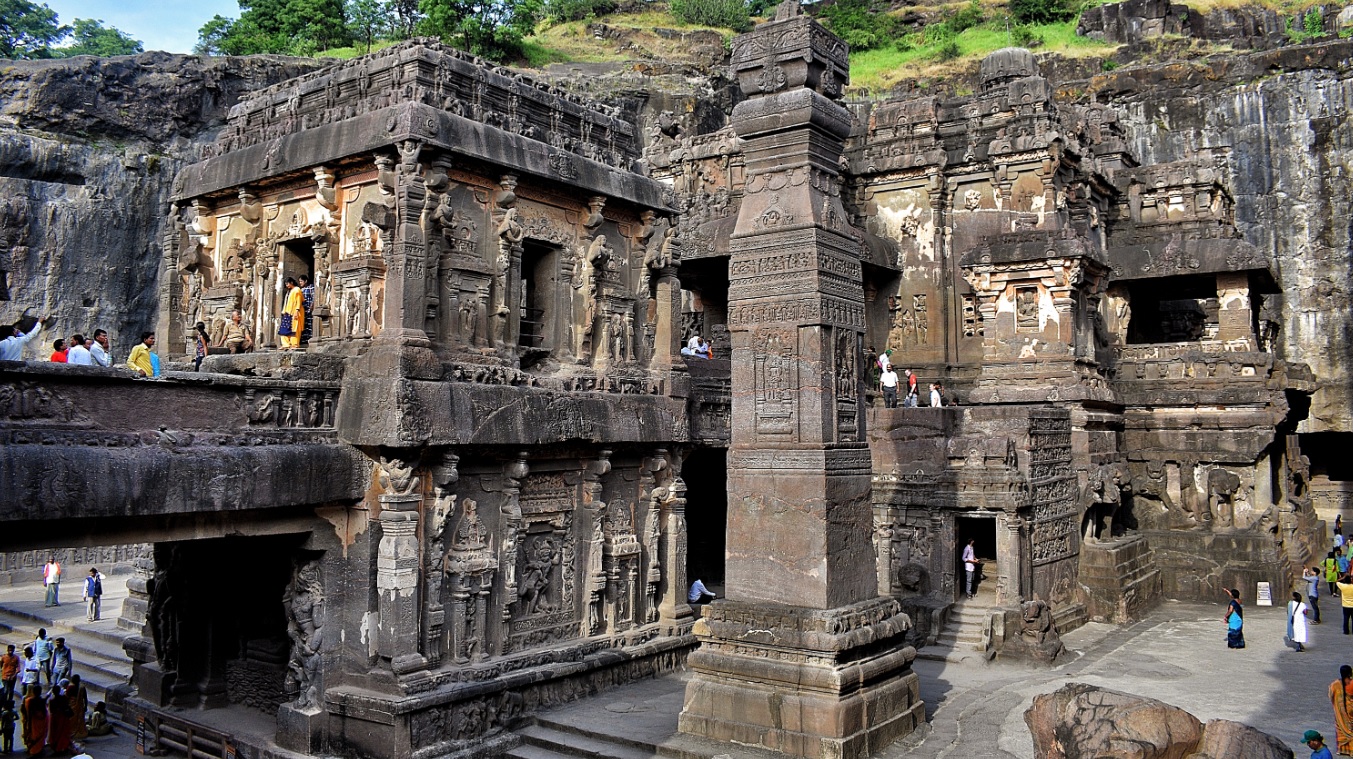
Several caverns, monasteries, chapels, and temples have been cut out of basalt rock at Ellora, forming the Ellora Caves complex. Only 34 of the 100 caves are accessible to the general public. Over five centuries, Buddhist, Hindu, and Jain monks created Ellora, a UNESCO World Heritage Site in Maharashtra, India. The Kailasa Temple is a must-see when visiting Ellora Caves. It's the world's most giant monolithic sculpture, a tribute to Shiva. The Carpenter's Cave, similar to polished wood, also has an extensive preaching Buddha. The Chota Kailasha Cave's two giant Indra statues are a must-see.
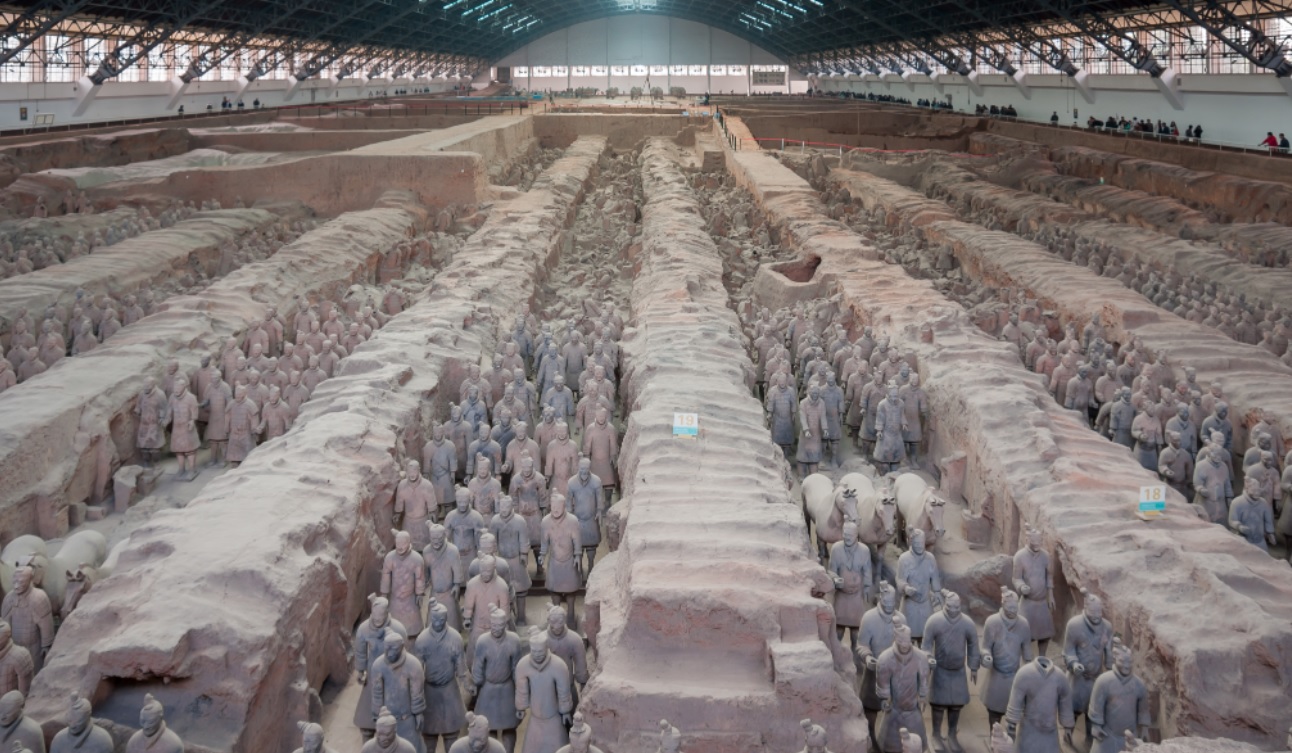
Many life-sized soldiers and horses are shown in the Terracotta Warriors, sometimes called the Terracotta Army. Underground pits from the third century BC can be found near the tomb of Qin Shi Huangdi in Xi'an, China. Locals were excavating for a good point in the 1970s when they unearthed them accidentally and realized they were fossils. A few have been excavated, but the Museum of the Terracotta Army contains three of these pits. The fantastic thing about these clay warriors is that each one has a different face. They were crafted by hand and took about Forty years to complete.
Source: 10 Most Fascinating Ruins (That You Can Actually Visit) by Cynthia Levy for The Travel